It looks like you've stumbled upon a page meant to be read by our code instead of viewed directly. You're probably looking for this page.
Book of the Day Roundup: December 13-17, 2021
The Winter Charlatan
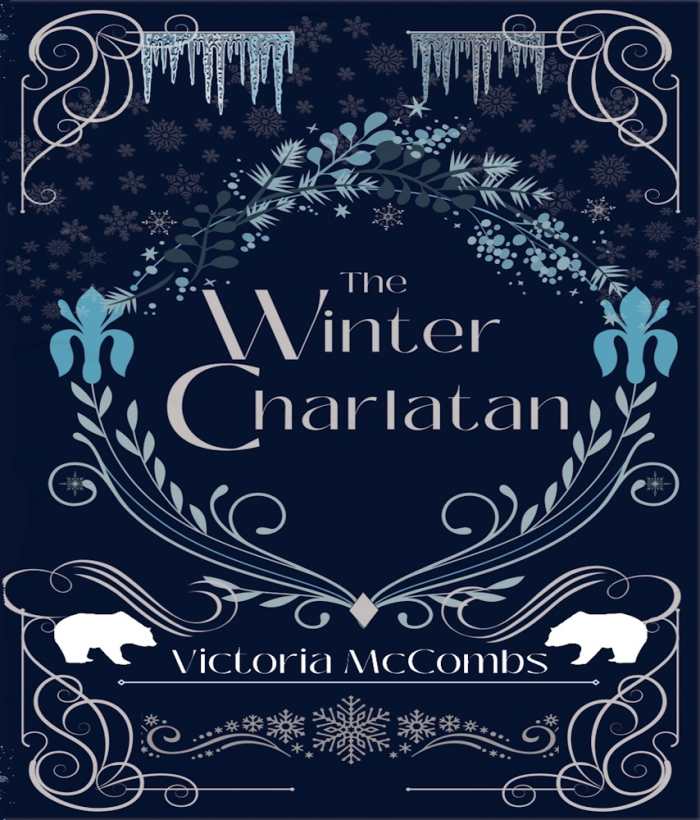
Victoria McCombs
IngramSpark
Softcover $13.99 (350pp)
978-1-73651-640-9
Buy: Amazon
In Victoria McCombs’s The Winter Charlatan, a desperate but determined princess works to save her kingdom and break her curse.
Rowan was born with a curse: that on the last day of her eighteenth year, she would prick her finger on a spindle and fall asleep for a hundred years. In order to protect the royal succession, her parents, the king and queen of Elenvérs, convinced a friend of the court to switch baby Rowan with their newborn baby boy, Cassian, who was raised as the heir to the throne.
While Rowan grows up to wield swords, act as a double agent, and live in a castle made of ice, she is humanized via the obstacles that she faces in her interpersonal relationships. She yearns for her birth parents’ affection and is jealous of Cassian’s relationship with her father. Forced to watch someone else live her life, Rowan goes to great lengths to break her curse, including in battles with dragons, mountain trolls, and a magic white bear. All of her efforts are unsuccessful, though. That is: until an adventure involving a witch rewards her with a magical wish. Rowan hopes to use it to take her rightful place as heir.
But before Rowan has a chance to use her wish, Elenvérs’s safety is threatened by a neighboring kingdom. To protect her home and family, Rowan teams up with her nemesis, Cassian, to spy on the enemy court. Her work to overcome the curse that defined her life and relationships is thrilling, resulting in a twisting, tender adventure that includes a chilling betrayal.
A reimagination of Sleeping Beauty’s fairy tale story, The Winter Charlatan focuses on an unconventional princess who’s determined to be her own knight in shining armor.
JENNA JAUREGUY (October 27, 2021)
Wild
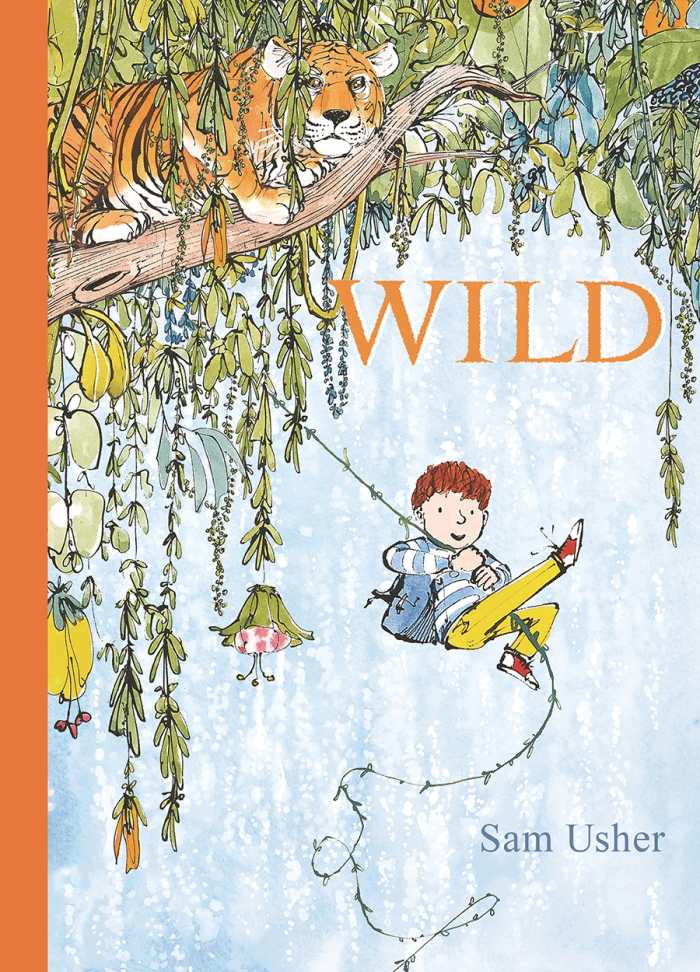
Sam Usher
Templar
Hardcover $17.99 (40pp)
978-1-5362-2000-1
Buy: Local Bookstore (Bookshop), Amazon
A boy and his grandfather are tasked with caring for a cat. While the boy is excited for their day together, the cat—an impassive smudge of gray who glides from page to page—resists his initial offers of food and play. Cats will be cats, his grandpa reminds him—until she escapes, and leads them to an unexpected world of fun and wonder. Tranquil, winsome illustrations that evoke Quentin Blake and Stephen Kellogg light up this story about getting along with our furry friends.
MICHELLE ANNE SCHINGLER (October 27, 2021)
Among the Almond Trees
A Palestinian Memoir
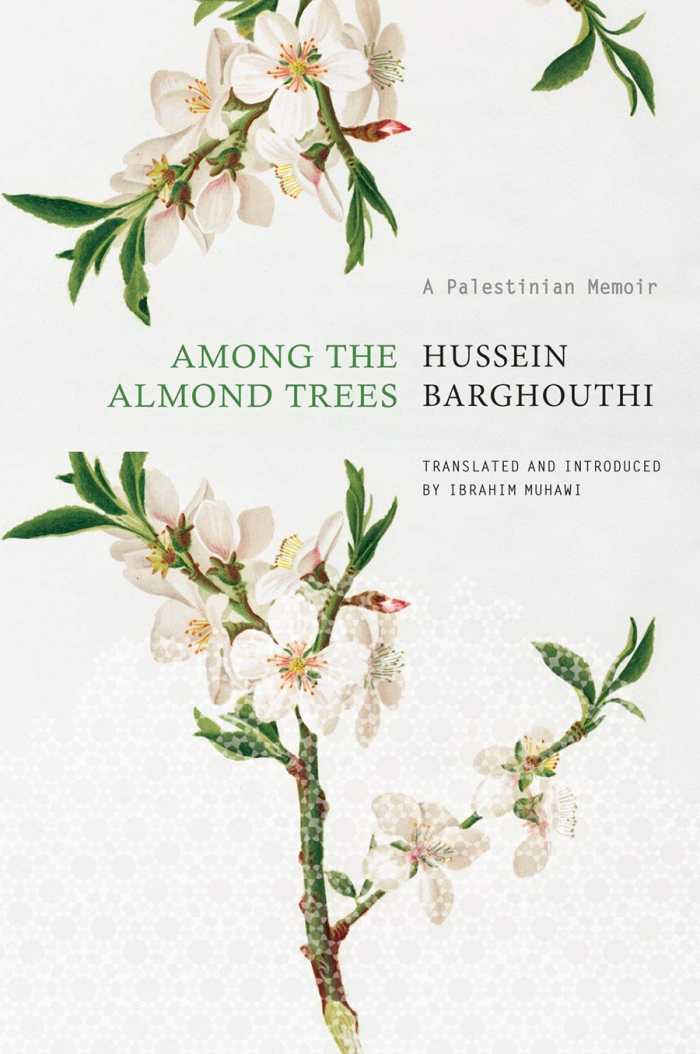
Hussein Barghouthi
Ibrahim Muhawi, translator
Seagull Books
Hardcover $21.00 (154pp)
978-0-85742-896-7
Buy: Local Bookstore (Bookshop), Amazon
“Nothing comes to the surface in solitude except that which is already hidden deep within us,” yet, when faced with the solitude of his own mortality, Hussein Barghouthi found within himself an entire lineage of Palestinian people and places. Among the Almond Trees is a memoir transformed into a powerful testament; it glimpses beyond the horizon line of life and death into a place of art, memory, and the poetics of the ordinary.
Born in the village of Kobar, Palestine, in 1954, Barghouthi returned after a voluntary exile of thirty years only to discover shortly thereafter that he was not only unwell, but probably dying of lymphoma. With a wife and young son by his side and a lifetime’s worth of local change to confront, Barghouthi asked, “Not when or how I am going to die, and not even about the duality of hope and ruin, but what am I going to make of myself now—how to make my end a sublime celebration of my beginnings.”
He walks the places he used to know; the land becomes liminal, permeated by story, memory, and a transcendent sense of being. The familiar—whether childhood memories, his relationship to his body and family, or the landscape itself—is rearranged in subtle and seismic ways. While the confrontation between the past and the present threatens to overturn his fundamental sense of well-being, those same sources offer succor. His attention is repeatedly drawn to the connections that persist between himself and the land.
A spiritual memoir that’s concerned with the mutability and impenetrability of language and life, Among the Almond Trees creates a taxonomy of presence and absence that makes continuity from seeming opposites, one that’s filled with nuance and largesse for both the Palestinian people and the nearer pain of Barghouthi’s own illness and looming death.
LETITIA MONTGOMERY-RODGERS (December 5, 2021)
Let Us Vote!
Youth Voting Rights and the 26th Amendment
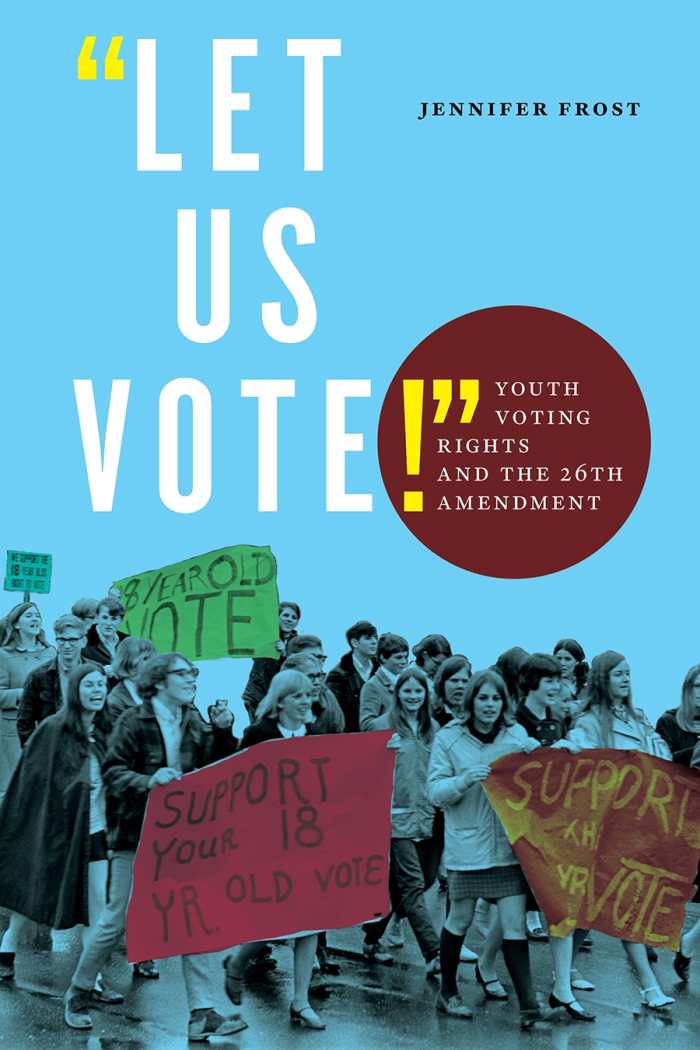
Jennifer Frost
NYU Press
Hardcover $39.00 (384pp)
978-1-4798-1132-8
Buy: Local Bookstore (Bookshop), Amazon
In 1971, the ratification of the 26th Amendment lowered the voting age from twenty-one to eighteen. Jennifer Frost’s thorough, valuable Let Us Vote! celebrates the amendment’s semicentennial by chronicling the long struggle to pass it—alongside considerations of the role of the youth vote in contemporary politics.
While a congressman first proposed such an amendment during World War II, on the grounds that men were sent to a war by a government in which they didn’t have a say, it took decades to become a movement. As Let Us Vote! makes clear, the movement for youth rights not only involved a combination of grassroots activism and leadership from key officials, but needed the civil rights movement of the 1960s to lay the groundwork for its success. Indeed, many of the organizations fighting to guarantee the vote for Black Americans took up the cause of youth voting, too.
As the cause gained momentum, the amendment gained bipartisan support. Young voters mirrored the partisan makeup of the country overall at the time. Frost reveals that only in the twenty-first century have Republican-led attacks on voting rights targeted young voters, and that a partisan divide has developed in the youth vote itself.
Let Us Vote! tracks all of these developments, showing how the once unlikely expansion of the franchise became an underrated success story that made the United States more representative of its people.
JEFF FLEISCHER (December 5, 2021)
The Fair Trade Ingredient Cookbook
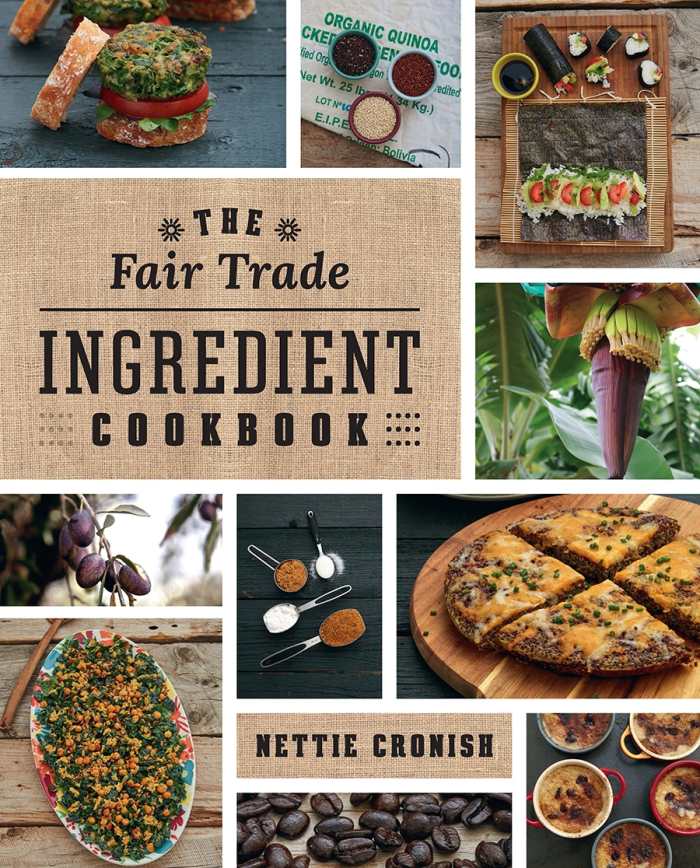
Nettie Cronish
Whitecap
Softcover $34.95
978-1-77050-330-4
Buy: Local Bookstore (Bookshop), Amazon
Certain imported ingredients are now so commonplace that it’s difficult to imagine life without them. For many, bananas, coffee, chocolate, and sugar are no longer occasional treats, but daily supplies. Nettie Cronish’s The Fair Trade Ingredient Cookbook suggests how these foods can be sourced in an ethical manner, spotlighting them in appetizing dishes.
Fair trade certification ensures independent third-party verification of standards. A higher price covers the cost of production plus a premium for cooperatives to invest in the local community. John Kay, the former chair of Fairtrade Canada, states, “Fair trade is … [a] global language of shared community” that offers “hope for a just and fair world for all.”
Each chapter of this cookbook with a conscience focuses on a particular ingredient, like coconut milk from Sri Lanka or olive oil from Palestine. The one-page recipes come in straightforward steps, with the ingredients listed in a sidebar. There are intriguing combinations of sweet and savory, like “dessert sushi,” chili chocolate muffins, a coffee spice rub for steak, and curry powder and rum appearing in a banana pie. Some specialty or health foods—like spelt flakes and coconut oil—may be more of a challenge to acquire. A glossary of store cupboard ingredients closes the book.
The focus, in Mike McColl’s photographs as well as in the chapter introductions, is on raw ingredients. A map indicates the grower locations. Producer testimonials and processing information enable consumers to picture the whole journey a foodstuff has made from the tree or plant to the table. An appreciation for provenance can dovetail with a desire to make that ingredient shine. For instance, quinoa, an ancient grain grown in the Andes, can form the basis of everything from an omelet to a rice pudding-like dessert.
The Fair Trade Ingredient Cookbook guides responsible sourcing and showcases unique uses of some favorite foods.
REBECCA FOSTER (December 7, 2021)
Barbara Hodge